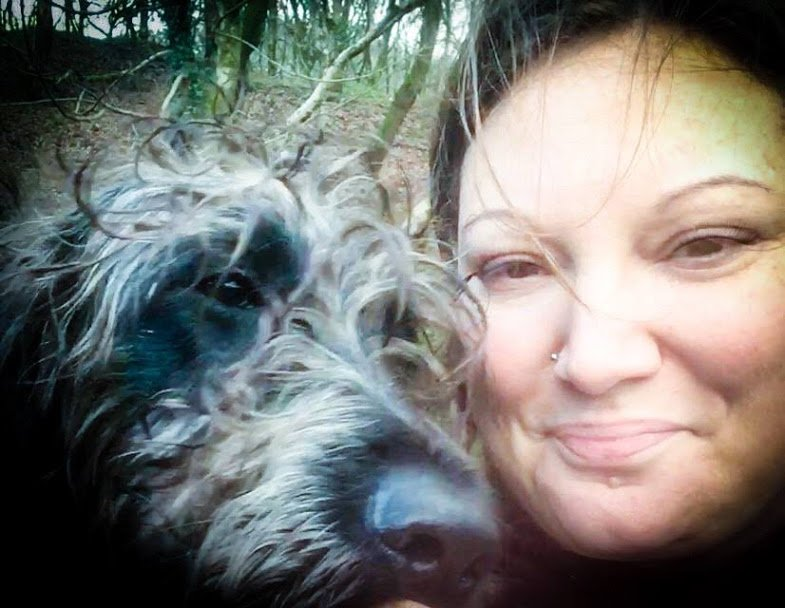I was delighted to be asked to write a "From the Expert" column for Freya the Cockapoo! A series of my top ten tips for a lifelong relationship with your dog can be found here:
ANIMAL BEHAVIOUR CONSULTATIONS
Cats
CATS
As with all species, a sound understanding of ethology is essential to the diagnosis and treatment of behaviour problems. Sometimes behaviour problems can be an indicator of underlying stress. You should always talk to your vet and your vet will need to complete a referral form (see 'how to book a consultation' link below). We will work together during the consultation to identify the cause of your cat's behaviour and design an individual treatment plan accordingly. Some of the common feline behaviour problems are:
Inappropriate toileting
Inappropriate toileting behaviour e.g. toileting outside of the litter tray, spraying is perhaps the most common reason people seek help with their cat's behaviour. The reasons for inappropriate toileting might include:
Underlying stress
Location preference
Surface preference
Aggression
Aggression from your cat might be directed towards you or other cats. The underlying causes of aggression can vary, for example it might be a response to a perceived threat or inappropriate play. We will work together in the consultation to identify why your cat is showing aggression so that we can treat him or her in the most appropriate way.
Unwanted behaviours
Sometimes behaviours that are perfectly normal for cats can create havoc in your home! We can work together to find a solution that allows your cat to be a cat and perform behaviours essential to his or her well-being, whilst making them more manageable for you. These unwanted behaviours might include:
Scratching furniture
Play
Predatory behaviour
Play
Predatory behaviour
Compulsive behaviours
Compulsive behaviours can be very distressing for you. Examples of compulsive behaviours might include:
Over-grooming
Fabric sucking / chewing
Spinning
This isn't an exhaustive list, your cat may have other behaviour problems not shown above and you are very welcome to contact me to discuss. For more information on what is involved with a behaviour consultation, prices and how to book:
Click here
Case Study
Sunny the stray, approx. 4 years old
Sunny adopted his new family when his previous owners moved house and left him behind. He was very charming and they quickly fell in love with him and took him in, but he became more and more aggressive towards their dog Milly, which started after he had some nasty injuries to the base of his tail consistent with having been attacked by a dog or fox. A traumatic event (being attacked) caused Sunny to be very afraid and defend himself in the only way he could.
Initially we found a way to keep Milly safe (she was much more at risk than Sunny in this case!) by keeping her downstairs and Sunny upstairs, where he had access to the garden through a window so they never came in contact. As Sunny settled into his new life (he had been a stray for several months) and his general confidence increased he was ready to start treatment. Sunny was very slowly introduced to Milly, with her on a lead and him in a cat carrier (which we had taught him to love by feeding him chicken in it so that this didn't add to his stress when we started treatment). We started off at a great distance so that Sunny (and Milly!) could be rewarded for being calm. We gradually brought the two closer and closer, over many weeks. Sunny is now able to tolerate being right next to Milly without showing any signs of fear. We started in the garden because we needed the distance for Sunny to feel safe, so the next stage will be to continue working on this in the house. Sunny is making really good progress and is an altogether more relaxed (and demanding!) cat.
News


I've been asked alot recently about improving recall, how to stop jumping up and how to stop dogs chewing so I've created some handouts which might be useful for everyone!
Quick Links
caninetrauma@gmail.com
07957 944 499
Based in Aberdare, Rhondda Cynon Taf (South Wales, UK) but can travel to suit you (additional mileage / travel costs may apply)
© 2024
All Rights Reserved | Animal Behaviour Consultations
